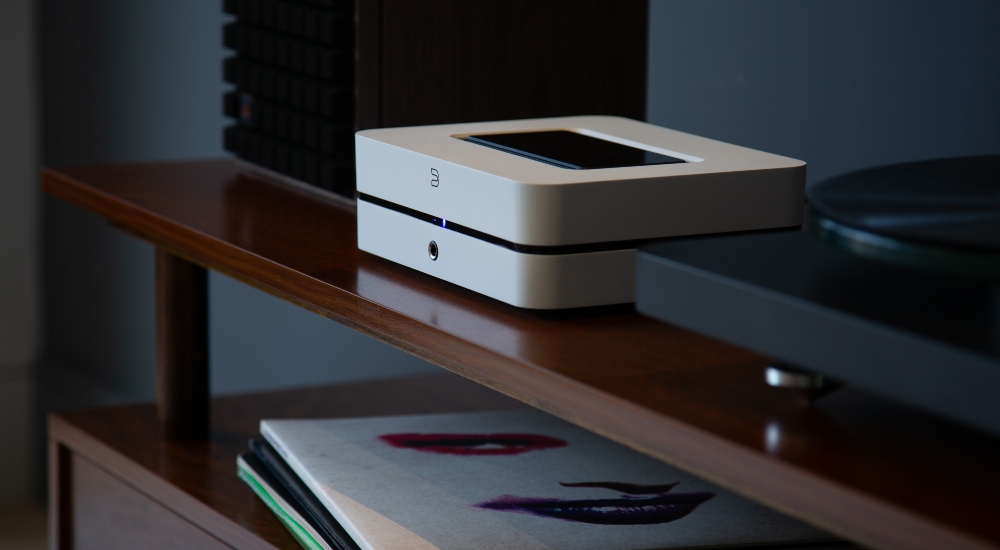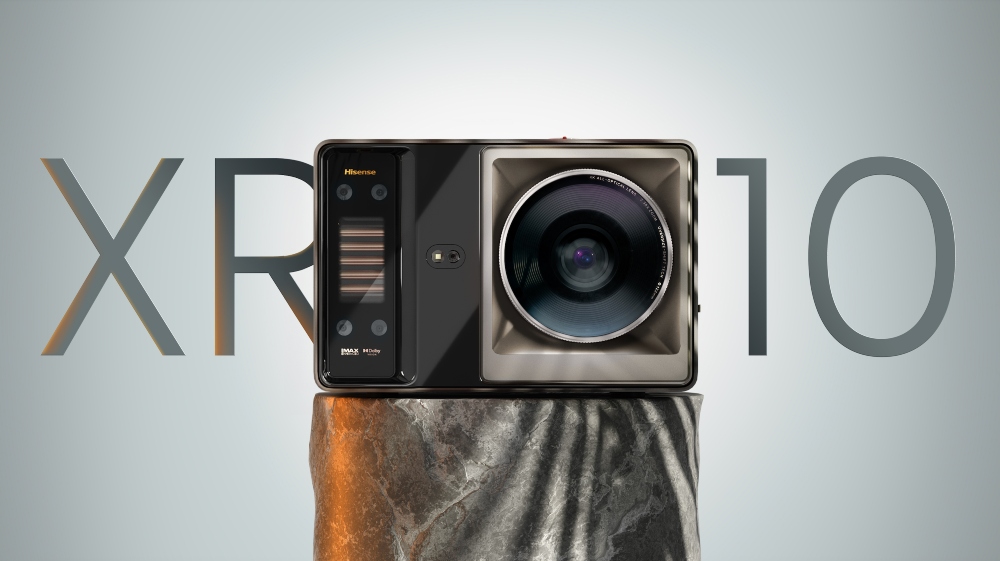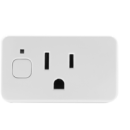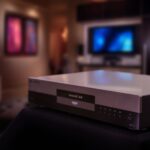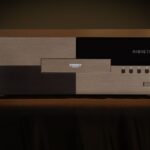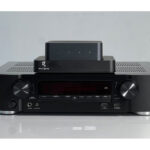The Latest
Filter by Topic
Filter by Type
D-Tools’ Tim Bigoness on Data, Demand and a More Mature Integration Market in 2025
D-Tools' Bigoness shares how data, evolving workflows, and a focus on labor value shaped the integration channel in…
News December 26Vanco’s Mark Corbin: Minimalist Design and Strong Infrastructure Defined 2025 Projects
Vanco International President Mark Corbin on invisible tech, AVoIP growth, and why cabling still matters.
News December 25CEDIA’s Daryl Friedman on the Industry’s 2025 Lessons
Friedman reflects on shifting expectations, rising interest in networks and power, and how AI and design partnerships shaped…
News December 24ADI’s Matt Kamp on Why Simplicity and Reliability Defined Home Technology in 2025
The executive reflects on AI’s practical evolution, resilient product categories, and why reliability is now non-negotiable.
News December 24Leon Speakers’ Caitlin Stewart on The Growing Influence of Design
Leon Speakers at CEDIA Expo/CIX 2025 says it is pushing deeper into design-first thinking and A&D collaboration as…
News December 23Crestron Home OS 4.8 Update Expands Whole-Home Shading and Remote Control Capabilities
Whole-home shading takes center stage in Crestron Home OS 4.8, adding unified shade control and expanded support for…
News December 23Crestron’s Michael Short Looks Back at a More ‘Intentional’ Homeowner and User in 2025
Crestron’s Michael Short says energy efficiency, flexibility, and interoperability defined shifting homeowner expectations in 2025.
News December 2320 of Our Favorite AV and Smart Home Products Released in 2025
Despite being a little quieter than years prior, the AV and smart home industries had plenty of standout…
News December 23Hisense Has Two New Laser Projectors Coming for Home Theaters in 2026
At CES 2026, Hisense plans to unveil the XR10 and PX4-PRO laser projectors, delivering up to 6,000 lumens,…
News December 22








